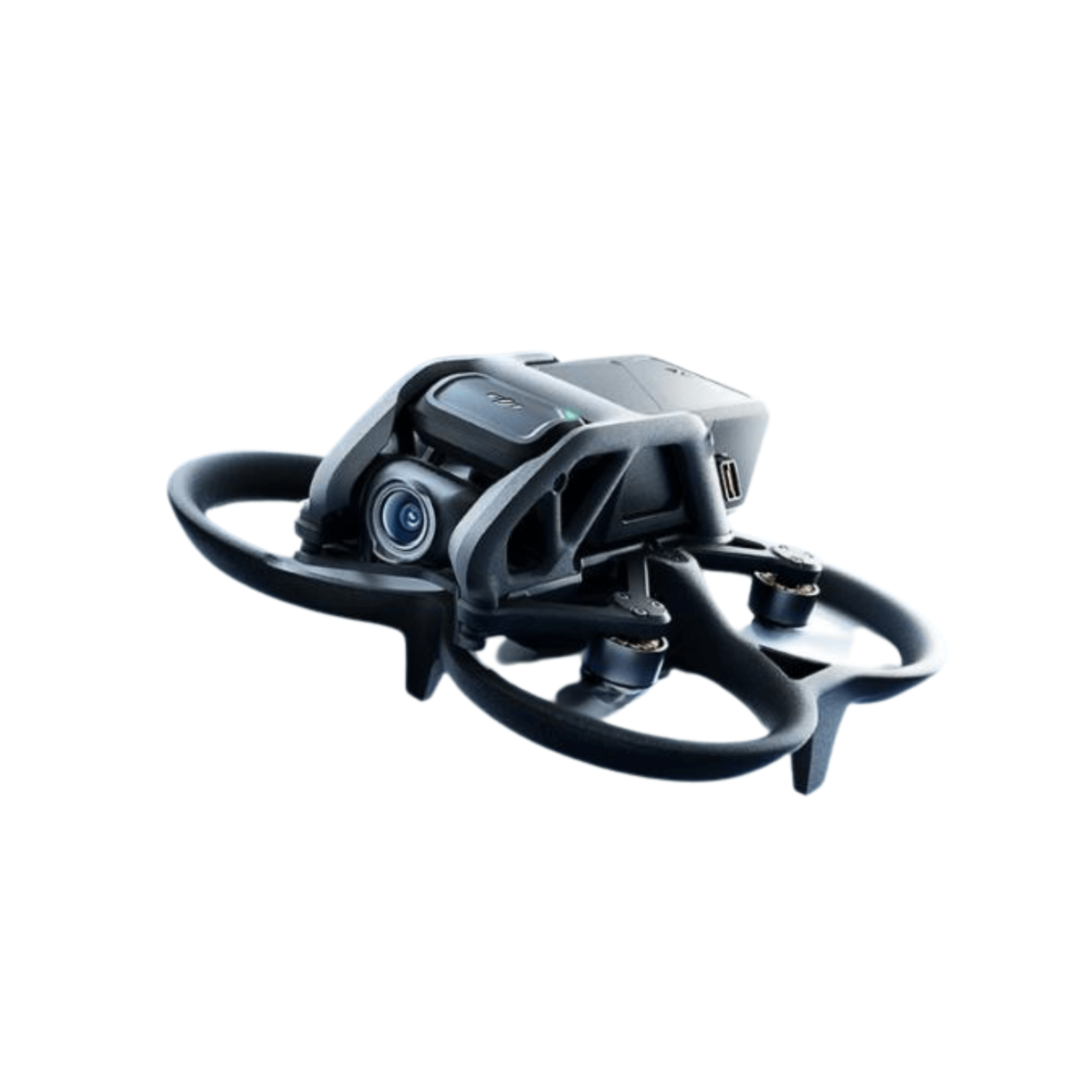
Dji avata price manual#
Note however that the use of the Motion Controller has its limits: indeed, it can only be used with the Normal and Sport modes, and only the DJI FPV 2 radio control offers access to the Manual mode, which allows you to do reverse or aerobatic flight.

On the contrary, the DJI FPV is controlled much more efficiently with the DJI FPV 2 remote control, and we have the feeling that the Motion Controller is just a nice extra option provided in order to try to offer us a more immersive experience, but that it is not really adapted to this drone.

It’s no coincidence that in our tests we found that the Motion Controller is much more suitable for the Avata and provides a smoother and safer ride. For the DJI FPV it’s just the opposite: the drone comes with the DJI FPV 2, and you can buy the Motion Controller separately, if you want to try a different flying experience. the Motion Controller: more atypical, this radio control takes the shape of a broomstick of fighter plane and allows to control the drone in an intuitive way via the movements of the hand.īy default, the DJI Avata comes with the Motion Controller, and the optional DJI FPV 2 remote control can be purchased separately.the DJI FPV 2: it is a classic radio control in the manner of video game console controllers, like those that generally accompany most models of drones on the market.As we will see in more detail in the section on flight performance, the choice will depend on the use you will make of it.īoth the DJI Avata and the DJI FPV can be controlled by two very distinct remote controls: The Avata, smaller and protected, is made for outdoor use but also indoor, in smaller spaces, while the FPV is more intended for speed and sensations in large open spaces. However, it is important to note that the two drones are clearly not designed for the same use. So when it comes to space and transport, Avata is definitely in the lead. Much more portable, the Avata can easily be slipped into a backpack. With a weight of 410g for the first against 795g for the second, and dimensions largely lower, it is much less bulky than the FPV, heavier and bulky. The DJI Avata is significantly smaller and lighter than the DJI FPV. In short, we are dealing with two very different sizes. We will come back to this in the section dedicated to piloting. Faster, its larger and heavier body offers better wind resistance, which makes it a drone more oriented for high speed flights and in large open spaces. Unlike the Avata, the DJI FPV is not equipped with propeller guards, and its camera is more exposed. Ideal for internal inspections, for example. All these protections, combined with the drone’s small size (180 x 180 x 80 mm), make it a drone designed to be easy to maneuver in tight spaces and able to withstand minor collisions.

Similarly, the battery and camera are placed in a rigid cage on top of the device. The DJI Avata is designed as a CineWhoop drone, with a typical visual feature: propellers permanently protected by a large protective frame. While the DJI Avata and DJI FPV are both FPV drones, a quick glance at their appearance is enough to understand that they are two very different drones.


 0 kommentar(er)
0 kommentar(er)
